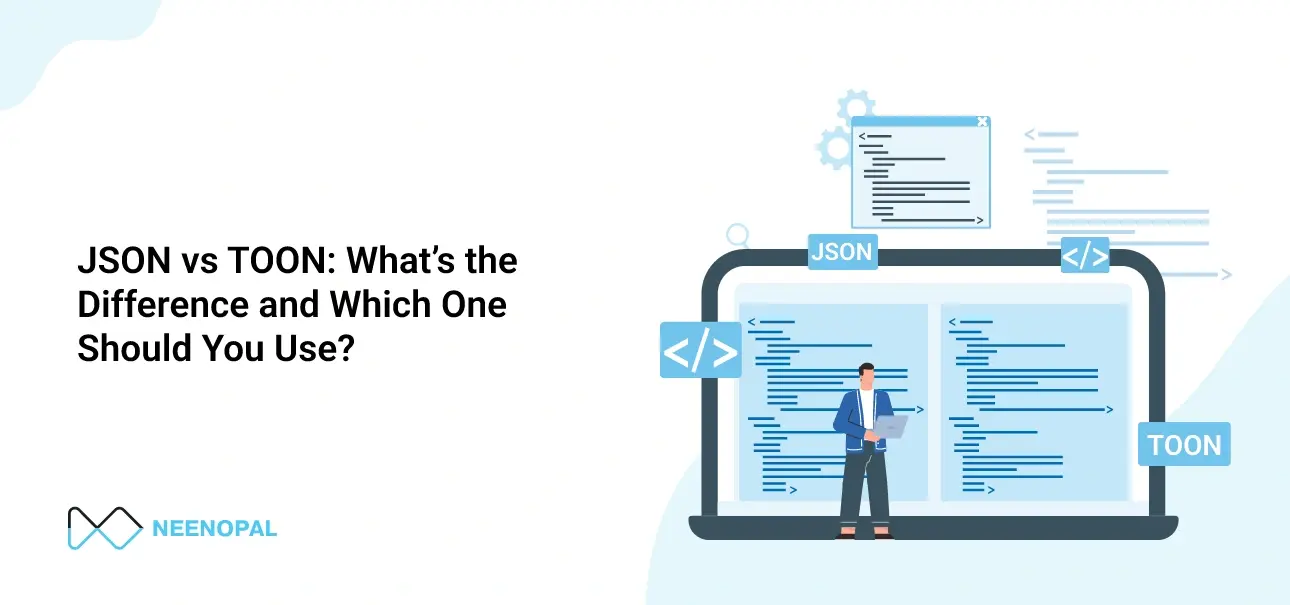An executive report is a concise summary of the previous week’s activities. The report breaks down how each activity contributes to the final goal on a weekly or monthly basis
There are many types of executive reports - Weekly Marketing Analysis, Monthly Task Management, Weekly Project Status, Monthly Financial Report, etc. To further understand what an executive report constitutes, let’s take the example of a weekly Marketing Report.
A marketing report is a deep-dive into the performance of all inbound and outbound marketing efforts and whether these activities are driving sales.
NeenOpal has built an executive report that is editable, simple to comprehend, and elegant. It covers the analysis of a customer lifecycle right from the lead stage to the final customer stage. These weekly reports assist businesses in making long-term decisions by analysing how each marketing campaign influences core metrics like Revenue and ROI on a weekly basis.
"NeenOpal team are absolutely amazing with the level of detail, flexibility, design, and more than goes into creating a weekly report for our team across all aspects of our business. I can't recommend them enough! - VP of E-commerce"
What information can this weekly report provide?
- Executive Summary - A broad overview of how campaign spending has influenced the number of new consumers and income earned. A conversion funnel being the visual representation of a customer's journey from first visit to final transaction.
- Marketing Overview - Determine how well each channel is performing and which channels are driving the most traffic and conversions. This section delves into the conversion funnel and records the amount of money spent, leads generated, and conversions by each marketing channel. It also examines whether marketing efforts are having an effect on conversions and how they compare to natural results.
- Marketing Detailed Summary - A thorough analysis on how each paid campaign is working across various platforms such as email, Facebook, Instagram, and Twitter. This section also examines key social media metrics such as engagement, followers and which creative is performing best. This gives an insight into what the audience likes and relates to the product.
- Website Analysis - A comprehensive website analysis allows a company to evaluate how its website stacks up against its competition. It provides a conversion analysis of website traffic to completed purchases. The business can also track the top landing pages that are driving traffic to the website and which keywords consumers use to find the website.
- Customer Profile - Understanding the customer profile aids in targeting marketing efforts to the appropriate demographic. This section examines traffic and purchase patterns across a variety of demographics, including gender, age, device, and geography.
This report presents the consumer journey in an easy-to-understand format, allowing firms to track how marketing activities compare to long-term objectives. It is an extremely actionable asset for a business and can be the basis to analyze long-term trends.





